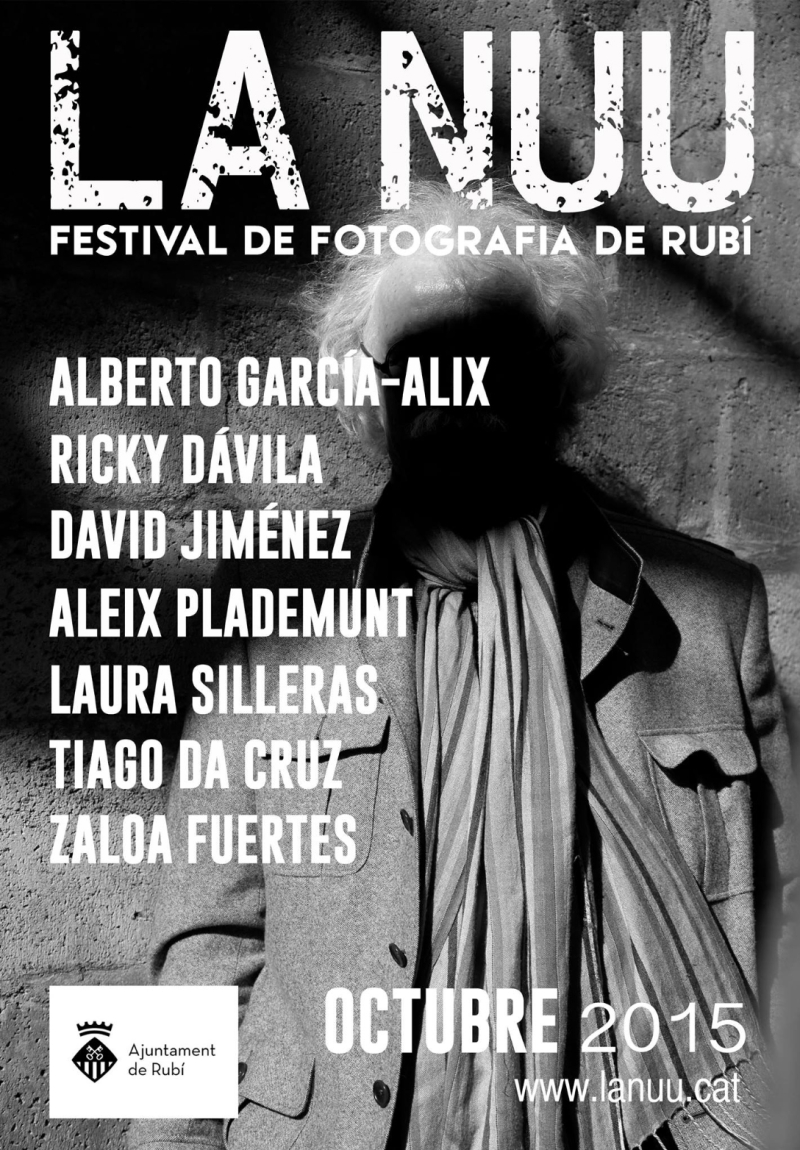Artists
Alberto García-Alix
(León, Spain, 1956)
De donde no se vuelve is an audiovisual creation by Alberto García-Alix made on the occasion of the exhibition of the same name held in 2008 at the Museo Nacional Centro de Arte Reina Sofía (MNCARS). In this 40-minute piece, Alberto García-Alix reflects, through his own voice and from a subjective present, on his past and his photography. An "infinite monologue" through which García-Alix brings us to his most intimate and poetic side, a trip down memory lane between the present and the past of his work and, therefore, his own biography. De donde no se vuelve is an audiovisual piece of which only three copies exist, plus an author's proof, which is only shown in the presence of the creator or in his own exhibitions.
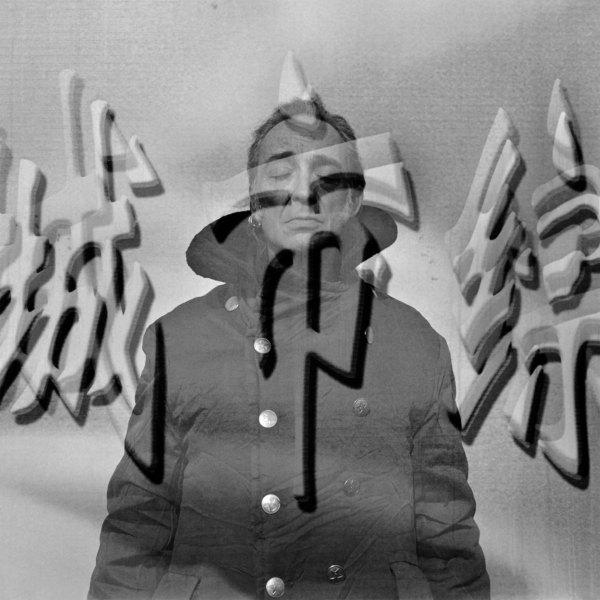
Juan Diego Valera
( Córdoba, Argentina, 1976)
Juan Diego Valera is a founding member of Ca L’Isidret Edicions. Trained in Fine Arts in Córdoba (Argentina), in 2001 he moved to Spain where he developed his creative process. Since then he has produced the works De mis fragilidades (2008), La Càmera gran (2011), Movimientos de Suelo (2010), Coma (published by Kursala in 2011), Bitácora (published by Standard Illustrated Books in 2012) and Diente de Chucho (published by Ca l'Isidret Edicions 2014).
In this first edition of La Nuu he presents his work Diente de chucho: "This is the relationship of how everything was in suspense, everything was calm, in silence; everything was motionless, silent, and the expanse of the sky was empty. This is the first relationship , the first speech. There was not yet a man, nor an animal, birds, pieces, crabs, trees, stones, caves, huts, grasses or forests: only the sky existed. The face of the earth did not appear. They were only the calm sea and the sky in all its extent. There was nothing together that made a noise, nor anything that moved, nor stirred, nor made a noise in the sky. There was nothing that stood; only the water in repose, the peaceful sea, alone and quiet. There was nothing endowed with existence. There was only immobility and silence in the darkness, in the night." Popol Vuh, Chapter 1.
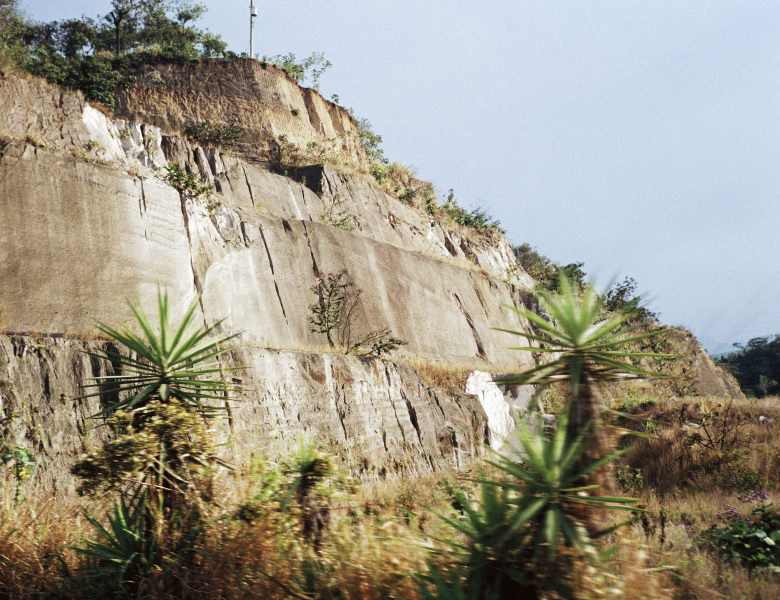
Ricky Dávila
( Bilbao, Spain,1964 )
After studying Biology Ricky Dávila moved to New York to study at the International Center of Photography. There he entered the world of photojournalism. He has made numerous exhibitions both in the national territory and abroad and received several awards such as the Ortega y Gasset 94, the Fotopress 95, the II World Press Photo or the Best American Picture. He currently directs the Centro de Fotografía Contemporánea de Bilbao (CFC Bilbao).
Ibérica is a territory of fiction or the setting of a reality, "Ibérica" presents itself as a personal inventory of peninsular society. The cartography of a vital space whose main lines appear delineated through the portraits of its protagonists.
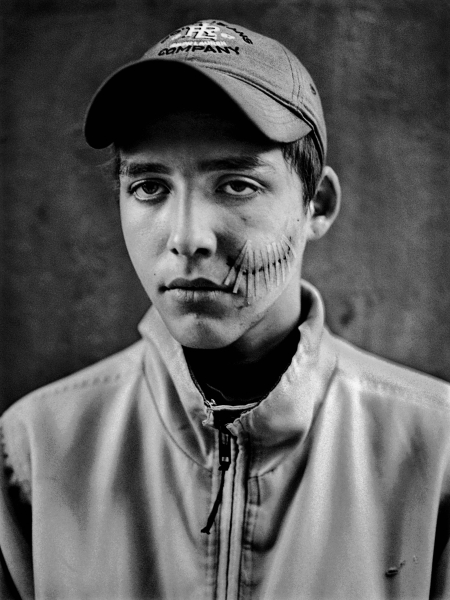
David Jiménez
(Alcalá de Guadaira, Sevilla, Spain), 1970
Graduated in Fine Arts from the Complutense University of Madrid, for more than 30 years he has worked constantly on personal projects within the photographic medium.
His works, in the form of books, exhibitions and audiovisual projections, have been shown in numerous Spanish cities and also abroad in places such as the Nederlands Foto Instituut in Rotterdam, the Arles photography festival, the Galerie VU in Paris, the University of Staffordshire, the Seoul Photo Festival, the National Library of Colombia in Bogotá or the Changjiang International Photography and Video Biennale in China. The largest exhibition of his work to date, titled UNIVERSOS, was presented at PHotoEspaña 2019 at the Sala del Canal de Isabel II in Madrid, and at the Museo Universidad de Navarra in 2020-21.
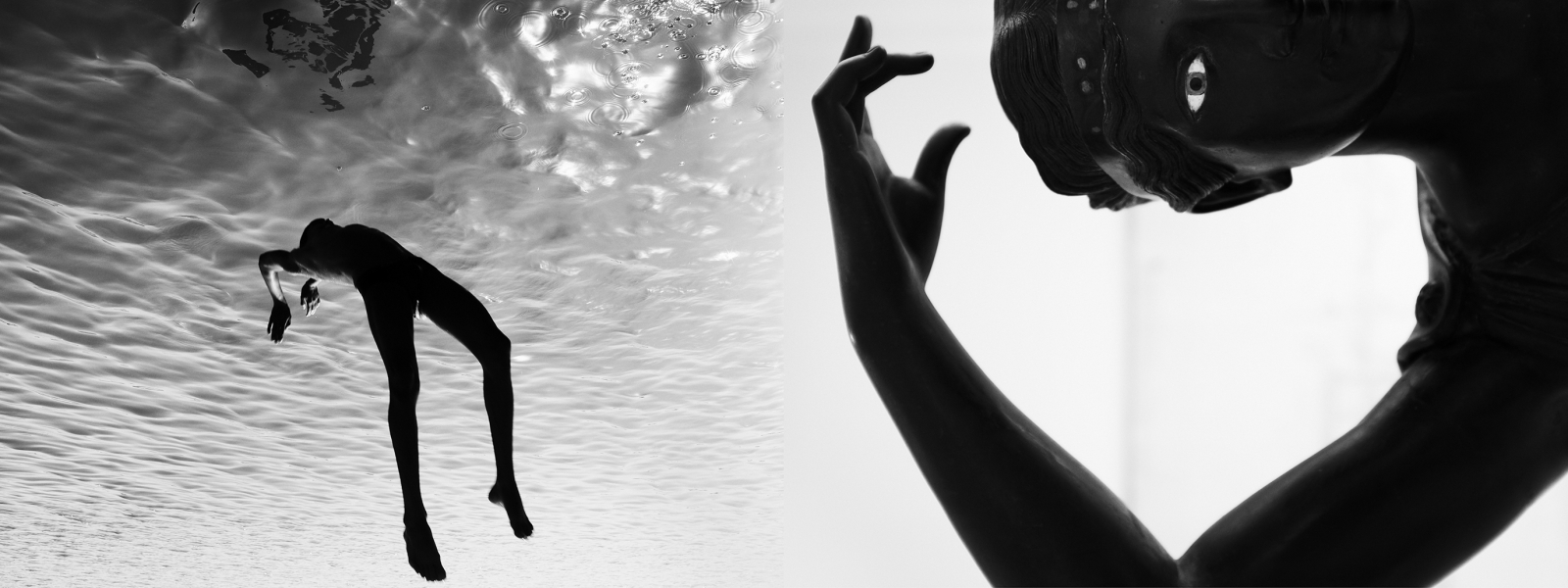
Tiago Da Cruz
Caldas da Rainha, Portugal, 1976
La isla. It is not a city that anyone falls in love with at first sight. No, not lo es por mucho that algunos push themselves. Upon arrival, the smoke from the chimneys clouds the eyes, barely allowing you to see the bay. The buildings are spilling in all directions like an uncontrollable disease. They grow like weeds that know nothing of symmetry or color. In it there is a street that could be called unique, a segment limited by a park and a square with a clock. It is a street in which the shops, just like those of any other place, open their way to each other. Before there were tiles with pieces and mermaids that created the illusion of a sea that retreated long ago.
the weather In the city, the hours marked by the clocks make sense when it gets dark. The single street is deserted. The windows light up. They are beacons that guide the night to the corners where sleep lives. The night sometimes gets lost and some don't sleep.
Those who do not sleep tattoo geometric drawings on white shoulders, turn on computers to turn off loneliness, play with letters, paint their lips red bordering metal rings or smoke cigarettes in the door of a bar.
Some go out to fish for stars at the bottom of a beer tube while others try to drown their routines in the same smoke that clouded their vision. A tangled young woman twists her legs like iron pipes while holding a cigarette. The cigarette smoke evokes the shapes of the graffiti on a nearby wall. On the other side of the wall are leather jackets with hours of rock and roll and whiskey on the back. A little further on, the door of a toilet informs that Susi wants Manuel. It does not say if Manuel corresponds to him.
In a corner you can hear the tiny crunch of a heart breaking. Someone confuses it with the click of a match. "Do you have fire?", he asks. Silence for answer. You can only hear the faint sound of the cranes and the disturbing chirping of the seagulls.
The night is inhabited by islands. The islands disguise themselves as people when the day comes.
Yes, it is a city that some people fall in love with at first sight. It captivates those who don't let themselves be fooled by the obvious and who, just by narrowing their eyes, know how to see lights where others only see shadows.
Sandra Balvin
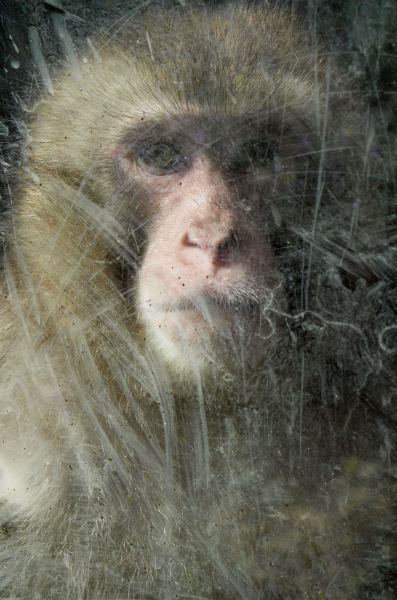
Laura Silleras
(Valencia, Spain, 1979)
The photographer Laura Silleras shows us her new project about the city she now calls her home; New York In it, he shows us his citizens. As she says, to "subjects who have crossed my path by chance"
Laura Silleras Salcedo began to photograph in a self-taught manner, combining her university studies with her photographic work, although it has been during the last six years, after obtaining her degree, when photography has determined her way of life. In 2007 he emigrated from Spain to live between Berlin and Mexico with the objective of developing his photographic vision. Throwing yourself adrift, with all its consequences, would be crucial for the development of his person and his work. Laura Silleras has published in various magazines such as Ojo de Pez, El Replicante, and Vice Magazine and among her most outstanding works are the series "Chimuelos" and "Zircus circus cirque". He has recently moved to New York to dedicate himself to new projects.
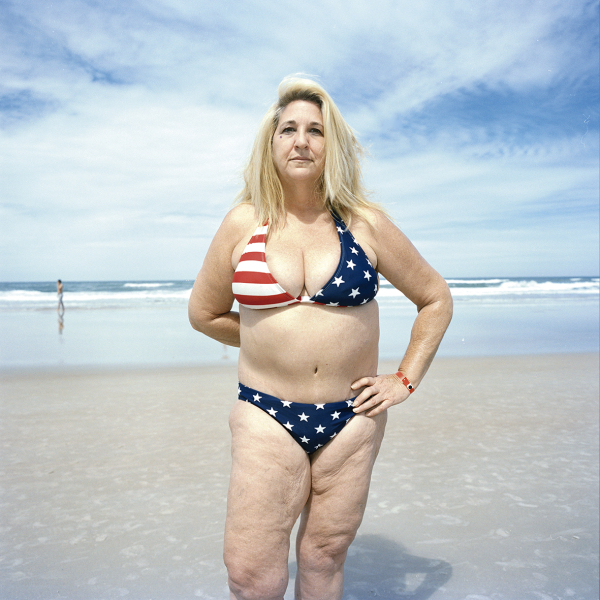
Zaloa Fuertes
(Queretano, Mexico, 1983)
Although Zaloa Fuertes was born and raised in Mexico, he moved to Abadiño in Durangalde in 2009 in search of his roots. After coming to the Basque Country from Mexico, having packed 10 years of photojournalistic work in his suitcase, he decided to start from scratch and immersed himself in more personal work.
Since then he has held several photo exhibitions both in his hometown and in the Basque Country. He has also taken photos for the books of some Basque writers.
The first steps
He graduated in communication sciences at the ITESM Querétaro Campus. He completed his master's degree in photography at the Escuela Activa de Fotografía (Querétaro, Mexico) and at the New York Institute of Photography (NY, USA). He has participated in several photography workshops, including with Oscar Molina, Ricky Davila, Eduardo Momeñe, Iñaki Domingo, Vicente Paredes, Juan Valbuena and Antoine d'Agata.
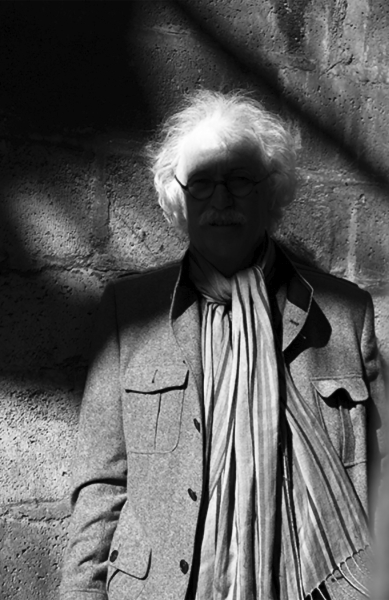
Leitmotiv
Rubí, Paris and New York
The Catalan painter Xavier Valls, father of the current French Prime Minister Manuel Valls, explains in his memoirs that in Paris he became close friends with William Klein, the legendary American photographer who has gone down in history photography for his, no less legendary, book New York.
And he also explains that during the tragic flood of 1962 he accompanied him to Rubí in order to film the signs of that catastrophe for French television.
"I was loaded like a donkey with photographic equipment from Klein"... "Bill counted on me to do the interviews with the victims and narrate them in French in front of the camera"... "We filmed all morning in Terrassa and in the afternoon in Rubí”
The paths that dreams follow are strange.
I try to imagine William Klein, the photographer who changed the photographic language forever, the artistic vanguard of his time walking on a September afternoon in Rubí. I try to hear his footsteps as he films and looks at our city in disbelief. His hands gripped on the Leica camera and his eyes wide open.
Years ago, he had found his place in Paris. In the French city he was finally able to publish his New York work and in this city he was able to continue his career.
I say again that the paths that dreams follow are strange. What invisible line took him from New York to Paris and one afternoon in September 1962 to Rubí? What invisible line connects Rubí with photography? What erratic steps follow our dreams?
